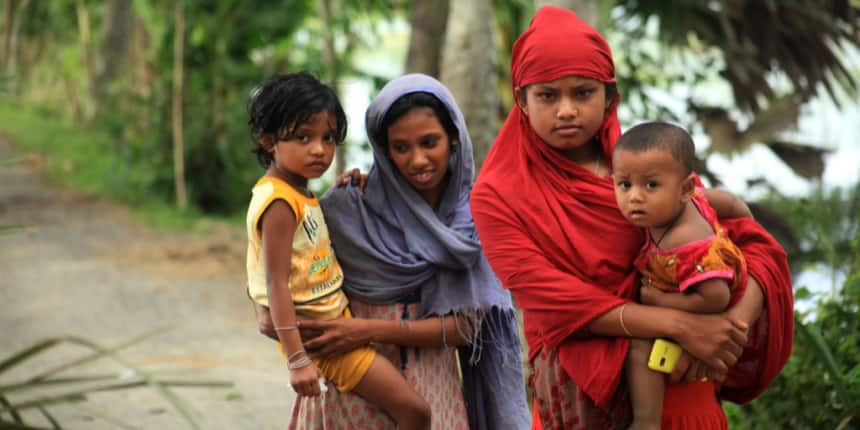Higher education can help reduce child marriage by 80%; preventing practice still a distant dream
Anu Parthiban | September 30, 2022 | 05:36 PM IST | 3 mins read
Majority of girls in West Bengal get married by 21. Bengal is also among the states where school dropout rate at secondary level is higher than national average.

NEW DELHI: Schooling and marriage are viewed as incompatible and the decisions about removing a girl from school and marrying her off at a young age are often influenced by the perceived value of education and the availability of employment opportunities for educated girls, the United Nations Children's Fund (UNICEF) survey states.
Child marriage is likely to fall by two third, 66 percent, if all girls were to complete secondary education and the level is likely to drop by more than 80 percent if they continued on to higher education, the survey finds.
Stating that the risk of becoming child brides are those with little or no education, the UNICEF report said, “None of the top five countries for child marriage has a secondary completion rate for girls above 15 percent. In the top three countries, no more than 5 percent of girls finish secondary school.”
Even in countries where the practice is very common, girls with at least a secondary education are often spared early marriage. This illustrates the magnitude of the disparities between advantaged and disadvantaged groups in the society.
UNICEF suggested education as the most significant factor in delaying the age of marriage for girls. “Quality education, particularly at the secondary school level, confers knowledge, builds skills and can empower girls to successfully transition to employment. However, to be most protective against child marriage, education must be paired with a robust labour market offering reliable employment,” it said.
Also read | Kerala: Women in chemical sciences face caste, gender bias, finds study
A recent Indian government data revealed that nearly 30 percent of women in the country tie the knot by the age of 21. West Bengal and Jharkhand are the two states where majority of girls get married between the age group of 18-21. West Bengal is also among the dozen states where the school dropout rate at secondary level was higher than the national average of 14.6 percent, according to the Project Approval Board (PAB) under the Ministry of Education on the 'Samagra Shiksha' programme for 2022-23.
Child marriage among girls
Though child marriage is an age-old tradition, the practice is becoming less common, the UNICEF said. Over the past decade, child marriage has decreased globally by 15 percent. This means that, over the last 10 years, the marriages of some 25 million girls have been averted.
However, it still affects 650 million girls and women around the world, and global progress is not fast enough to achieve the Sustainable Development Goal (SDG) target of eliminating child marriage by 2030, the report added.
Child marriage among boys
According to the UNICEF report, globally, 115 million boys and men were married before age 18. Though boys and girls do not face the same risks and consequences due to biological and social differences, the practice is nonetheless a rights violation.
Boys who become child grooms are expected to take on adult responsibilities for which they may not be prepared. “The union may bring early fatherhood and result in additional economic pressure. It may also constrain the boy’s access to education and opportunities for career advancement,” a UNICEF report added.
In India, the legal age of marriage is 18 years for girls and 21 years for boys. The government has decided to raise the legal age of marriage of women to 21 from 18 years and a parliamentary panel is examining the bill on the same issue. In India, 27.6% of rural women and 18.6% urban women married between 18 to 20 years of age, according to SRS Statistical Report 2020 released recently.
Follow us for the latest education news on colleges and universities, admission, courses, exams, research, education policies, study abroad and more..
To get in touch, write to us at news@careers360.com.